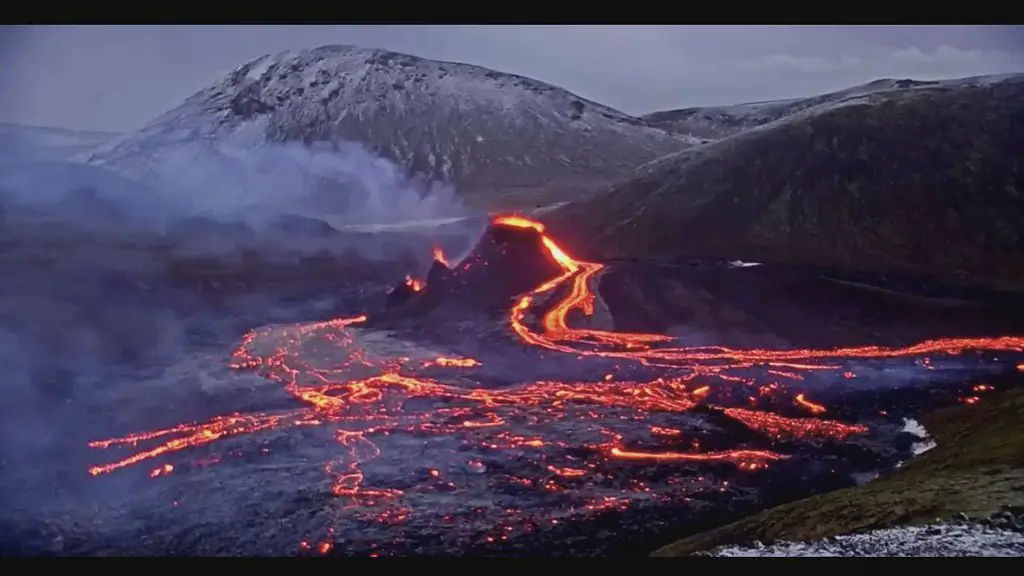There are many theories regarding why there is lava on the Earth. Scientists believe it is formed from melted rock deep inside the Earth and then rises to the surface.
One theory says that magma (molten rock) rises to the top of a volcano when gasses dissolved in it expand as it approaches the surface. This expansion causes an increase in volume, which means that more gas bubbles form within the molten rock. The importance of this process increases exponentially until an eruption occurs.
As we all know, planets are made of rock and other materials. These materials are mainly composed of silicon, oxygen, and aluminum. Molten lava contains similar elements such as iron, magnesium, sodium, and calcium. Earth is a dynamic planet. It’s constantly changing shape due to the movement of its tectonic plates. Over time, this creates cracks in Earth’s crust, and molten rock from the planet’s interior often rises through these cracks and makes its way to Earth’s surface. This hot liquid rock is called lava.
What Is Molten Lava?
Lava is the molten rock poured out by a volcano during an eruption. It is sometimes called magma, although it can also refer to molten material within the Earth’s crust. Lava is created when dissolved gasses in magma expand and escape violently into the atmosphere when the pressure that holds the magma together is released through a vent in the Earth’s surface. Once outside the Earth, these gasses cool and solidify as lava rock.
It is extraordinarily hot and flows easily because of volcanic glass, minerals, and gas bubbles. The lava from some volcanoes can reach more than 1,000 degrees Celsius (1,800 degrees Fahrenheit), but lava from other volcanoes can be as cold as Earth’s surface.
As the molten rock reaches the surface, it can flow quickly and cause great destruction. Lava is formed when volcanic magma erupts from a volcano, solidifies while still in the air, and falls to Earth.
As lava cools, it forms rocks called igneous rocks. These rocks often look like piles of broken glass because they are so sharp and jagged due to rapid cooling after being exposed to the cold.
What Creates Lava In The Earth?
For lava to exist, the three ingredients needed are heat energy, oxygen, and magma. The decay of radioactive elements heats the Earth’s core. This heat energy travels through the mantle to reach the crust, where it heats rocks into magma. Natural lava is formed when magma travels towards the Earth’s surface and cools down. Magma forms when hot melted rock moves beneath the Earth’s crust. As the magma rises closer to the surface, it becomes less dense, causing it to slow down and cool into a semi-solid state. Over time, this semi-solid magma will continue to rise until it reaches the Earth’s surface, which hardens into natural lava. The lava that comes from the Earth’s interior is called magma. Magma cools and hardens below ground, where it becomes solid rock. As molten rock moves upward, it is called lava. Lava erupts onto the Earth’s surface through volcanoes.
4 Types of Volcanoes, and How They Form
A volcano is a geological structure that erupts, or spews out, molten rock, hot gases and fiery particles. Volcanoes are often identified as either shield volcanoes or composite volcanoes based on their shape and style of eruption. Shield volcanoes have broad bases with gentle slopes that extend outward in all directions from a central crater. Composite volcanoes tend to be taller than they are wide and have steep sides. They also produce explosive eruptions. Each type of volcano has its own unique characteristics, but there are four main types of volcanoes around today: Hawaiian, shield, cinder cone and composite.
